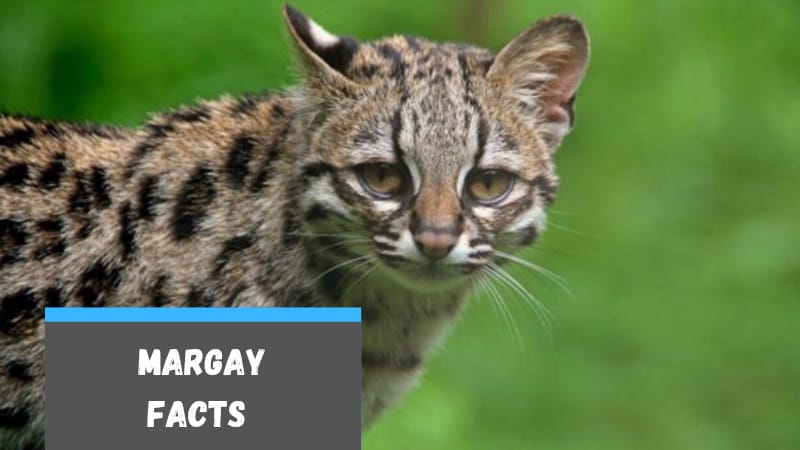
The Margay is a fascinating animal that is little known outside of the zoological community. Despite this, they are an incredibly interesting creature with a variety of features that make them unique among mammals. Here are 50 facts about the Margay that will help you to learn more about this amazing animal!
What’s the appearance of the Margay cat? The margay cat has a small tail and looks very cute. Due to illegal hunting, the species became endangered in the ’90s.
Unlike other cats, Margay gives birth to one kitten. This is the reason behind their slow reproduction. Here are the 50 Margay Facts that will make amaze you!
Margays are the most nocturnal cat in Belize. The Margay is known as the “tigercat” in Belize. The Margay lives their entire life under the trees of tropical forests. This tiny cat can climb vertical trees headfirst because it has ankle joints that allow it to rotate.
The fur is dark brown with many rows of black or dark brown rosettes. There are also longitudinal streaks. The tail is darker and has many dark bands. The ears’ backs are black with a circular white mark in the center.
The Margay, often called the tree ocelot, is most notable due to its ability to climb higher than its relative. The Margay can spend its whole life in the trees, chasing monkeys and birds through the treetops.
Margays are known for their unique acrobatic skills and preference for heights. The Margay hunts mostly above ground, unlike most cats. It preys on both arboreal and nocturnal prey such as birds and rodents.
It can also eat fruits. It can be found resting in trees up to seven feet above the ground during the day and is an agile climber and a leaper.
Margays can bounce off objects mid-leap and jump eight feet straight up and twelve feet horizontally. They can also climb down branches headfirst. Below are 50 margay facts.
50 Margay Facts:
1. The common name people know for this wild cat is “Margay.”
2. Kingdom: Animalia
3. Phylum: Chordata (Vertebrata)
4. Class: Mammalia
5. Order: Carnivora
6. The Margay belongs to the “Felidae” family.
7. Genus: Felinae (Leopardus)
8. The species of the Margay is “Wiedii.”
9. Margay is a small cat, weighing between 9 and 20 pounds and measuring between 18.2 to 31 inches in height.
10. Both males and females are alike.
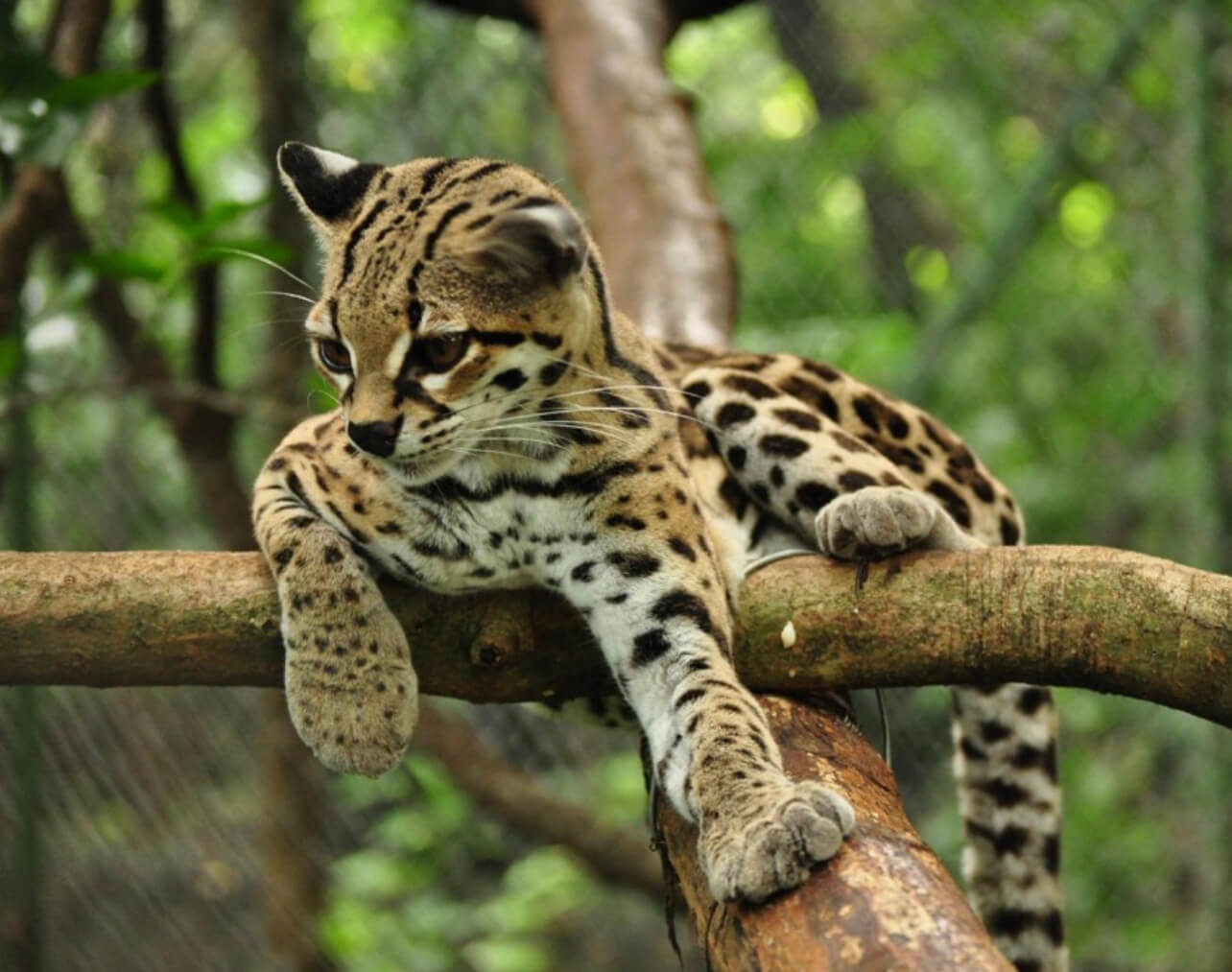
11. Margay’s tail is very long and is used to balance.
12. It can measure up to 20 inches in length, equivalent to 70% of the body.
13. Margay’s fur can be greyish to cinnamon-colored.
14. Covered in black-ringed rosettes.
15. Margay’s eyes are large and can be seen at night because Margay (active at night) is a nocturnal animal.
16. Margay eats small mammals like squirrels and opossums.
17. Margay is adapted to the arboreal lifestyle.
18. It can jump easily from one branch to the next.
19. Margays can hang from branches by using only one paw.
20. The Margay can move down trees like other cats. Its head is higher than its feet, much like squirrels because it has flexible ankles on its front feet, the Margay can rotate 180 degrees.
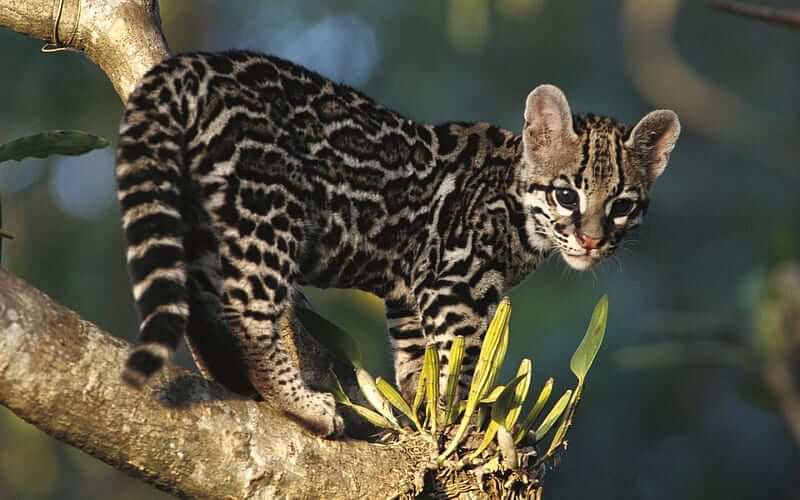
21. The Margay, which spends most of its time at the treetops, is known as the “tree-ocelot” because it’s so active.
22. Margays live alone.
23. Their territory could be anywhere from 15 to 43 kilometers.
24. Margays who live in tropical regions can mate all year.
25. Temperate climates are the best for mate selection.
26. Females can have pregnancy between 76-84 days ending with one or two kittens.
27. The mother hides the babies in a burrow or hollow tree.
28. From the moment they are born, spots on their fur are present.
29. Two weeks after giving birth, young margays can open their eyes.
30. When they turn five weeks old, kittens leave the den.
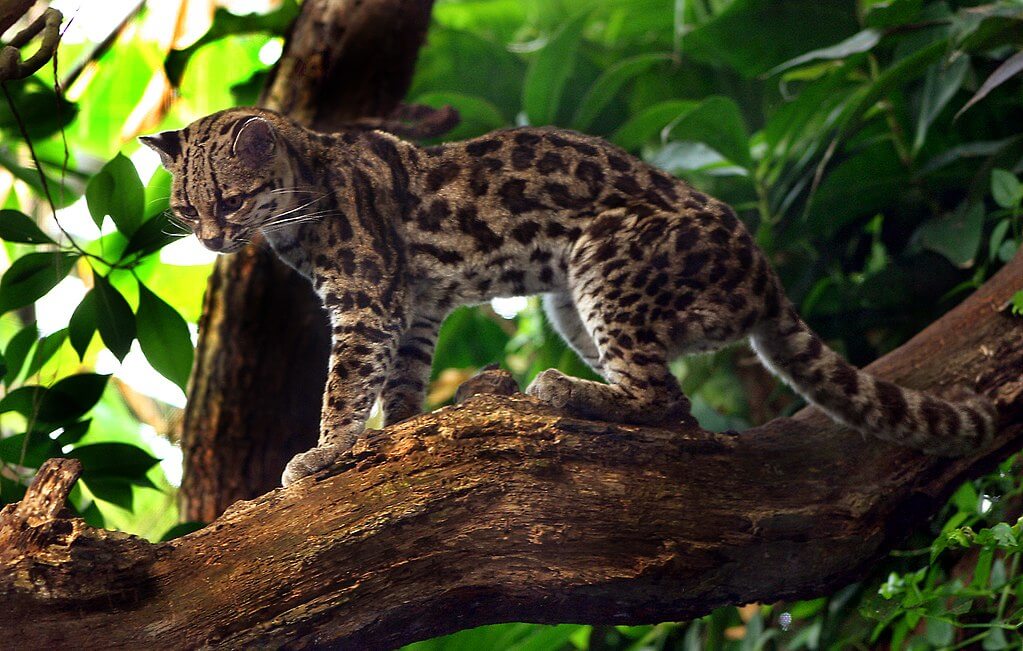
31. They will continue to suckle for three weeks. After three more weeks, they will be ready to eat meat as adult animals.
32. Margays reproduce slowly.
33. A female gives birth once every two years. The litter size is small, and the mortality rate of babies is high at 50%.
34. Margay can live less than 10 years in nature and as long as 20 years in captivity.
35. To indicate its territory, it sprays urine on trees or marks the ground with scratch marks.
36. It can produce short-range vocalizations, and it mimics the sound of a young pied marauder while hunting.
37. Margays can sometimes be kept as exotic pets, but the owner must prove that the pet was legally obtained.
38. Some states may not allow wild animals to keep as pets.
39. The Margay, because of its dense fur, is known as ‘gatopeludo’ in northern Brazil.
40. Sometimes, puma and jaguars prey on the Margay.
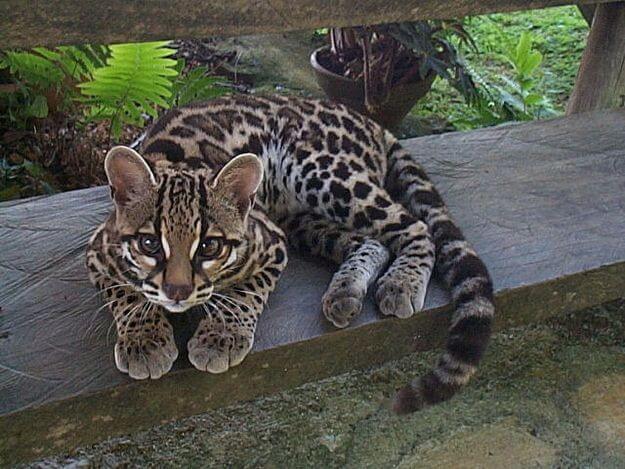
41. It is a strong, agile animal with strong paws.
42. It also chases terrestrial prey.
43. They are attracted to dense forests and high altitudes.
44. Margay, like other cats, isn’t slobbery species.
45. It’s faster than a regular cat.
46. They are adorable creatures. They can look adorable, even though they are wild animals.
47. IUCN has rated the Margay as ‘Near Threatened.
48. In areas where the two species co-exist, the presence of ocelots can harm margay populations.
49. They can see clearly even at night.
50. They are very sensitive to smell.
Conclusion
The Margay’s main threat is habitat destruction. As much of the Amazon rainforest will clear for agriculture, pasture, and road construction, this is a major threat.
This threat is especially dangerous because of Margay’s arboreal nature and low reproductive output.
Amazon’s margay populations will likely become smaller and more fragmented over ten years. Illegal hunting is still a problem in certain areas. Ten subspecies cover an extensive geographical area from Mexico up to Argentina.
The range that it used to have was the even Southern United States. They are hunted mostly for their fur, which has led to a significant reduction in population. They also face a decrease in a habitat which is one of the main causes for the decrease.
However, while popular among zoos and private owners, the Margay is more complicated to breed than other smaller neotropical felids. The current population of North American zoos is likely not sustainable.
It is because of their conservation status and the absence of reproducing captive in range country Zoos, there are species recommendations for phase-out. We hope you enjoyed our article about 50 margay facts.
